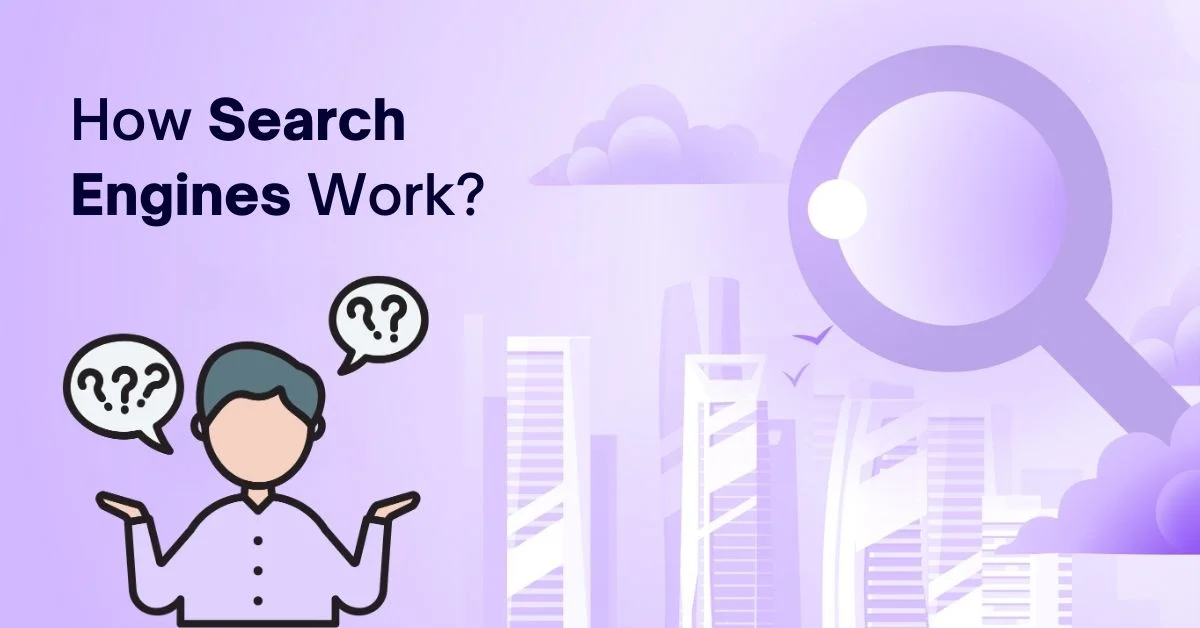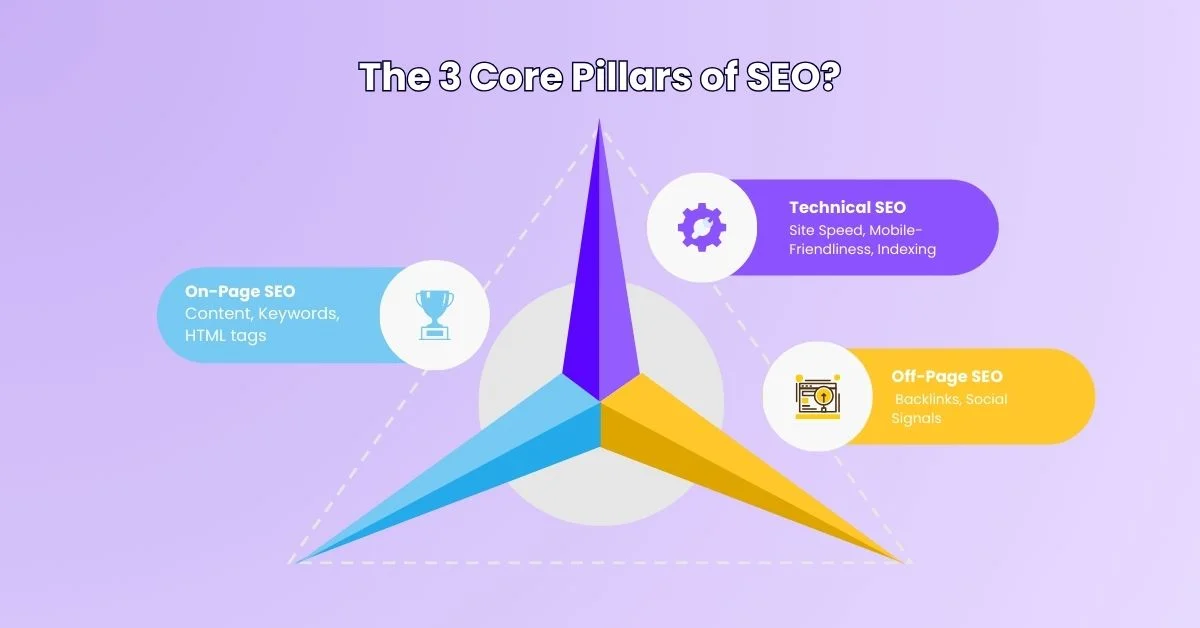If you’ve ever typed a question into Google and clicked on one of the first links you noticed, you’ve already interacted with search engine marketing—Search Engine Optimization (SEO). But what is SEO, and what is SEO in digital marketing these days? Let’s dive into it with real-world insights and human enjoyment.
Search engine optimization SEO is more than just a buzzword. It’s the approach in the back of getting your internet site in front of the right target audience—organically. This post explores what SEO is and its role in digital marketing, the way it powers digital advertising and marketing efforts, and why understanding its mechanics is a game-changer for online success.
Whether you’re a blogger, a commercial enterprise owner, or simply a person trying to drive site visitors, this guide will simplify it for you.
What Does SEO Mean in Digital Marketing?
SEO stands for Search Engine Optimization. Now, it’s the process of optimizing your internet site to appear better in search engine results pages (SERPs) like those on Google or Bing. Rather than paying for commercials, SEO marketing focuses on earning visibility via relevance, structure, and content.
A nicely optimized website will not only rank higher but will also be simpler for engines like Google and users to understand. Think of it as digital real estate—location matters. So, what does SEO mean for your business? It means organic reach, authority, and trust.
Why SEO (What is SEO Marketing) Matters in Today’s Digital World
More than 90% of online experiences begin with a search engine. This means SEO—what is it without it? It’s the very foundation of digital discovery. Users trust search engines, and justifying their faith in you yields credibility while providing visibility.
Good SEO generates repeated and consistent traffic to your online site without additional advertising costs. It is a long-term investment that pays off by increasing your brand’s online presence and authority.
Who Needs SEO — Businesses, Bloggers, or Everyone?
The short answer? Everyone. From local stores trying to attract nearby customers to global eCommerce platforms and solo content creators, SEO is the universal bridge connecting users to solutions. Bloggers can build loyal followings. Businesses can attract more qualified leads. Even nonprofits can reach broader audiences. If you want to be found online, SEO marketing is your best ally.
How Do Search Engines Understand What SEO Is?

Crawling, Indexing, and Ranking Explained
Search engines such as Google crawl web pages using bots (or spiders). These bots read the content and follow links to determine what each page is about. Once crawled, pages are indexed—stored in a massive database.
Then comes ranking: the engine sorts and serves the most relevant pages for each query. What is a SEO strategy that ensures your content gets ranked? The answer lies in good structure, content, and relevance.
-
Role of Algorithms and Google’s RankBrain
Google uses complex algorithms, including RankBrain (an AI system), to evaluate content. It helps search engines interpret what people really want when they search. These signals guide SEO professionals in creating better, intent-matching content.
What’s the Difference Between Organic SEO and Paid Results?
Organic search results are earned through relevance and quality. Paid search results, on the other hand, are advertisements you pay for. While both have their place, marketing SEO offers better long-term ROI and credibility.
What is SEO in Digital Marketing, and How Does It Work?
-
Matching Content with User Intent
The easy yet honest 21st-century modern SEO does not limit itself to keywords; its axis is understanding user intent and putting together content that directly answers those questions. Content is ranked well when it matches the users’ intent. This satisfies readers, making them stay longer and share it with others.
-
How SEO Drives Traffic and Conversions
By employing the necessary search engine optimization SEO, you could transform your website into an online magnet of sorts for qualified traffic—these are potential consumers who are already interested in your offerings.
More specific traffic means more conversions, whether that is through sales, sign-ups, or inquiries. SEO aligns your online presence with your business objectives.
-
SEO vs. SEM and PPC: A Strategic Comparison
Search Engine Marketing (SEM) includes both SEO and PPC (Pay-Per-Click) advertising. PPC gives instant results but requires ongoing investment. SEO, while slower to start, builds authority over time and brings sustainable growth. The best digital strategies often use both in harmony.
The 3 Core Pillars of SEO

-
On-Page SEO (Content, Keywords, HTML Tags)
This pillar focuses on the elements you control directly on your site—content quality, keyword usage, title tags, meta descriptions, and header tags. Well-structured content that speaks the user’s language is the foundation of on-page SEO.
-
Off-Page SEO (Backlinks, Social Signals)
Off-page SEO builds your site’s reputation through backlinks from other trusted websites. Social signals—likes, shares, mentions—also contribute indirectly. When others reference your content, it signals credibility to search engines.
-
Technical SEO (Site Speed, Mobile-Friendliness, Indexing)
A fast, mobile-optimized, and technically sound website helps search engines access and understand your pages more efficiently. From proper URL structures to secure connections (HTTPS), technical SEO ensures your content performs at its best.
Benefits of SEO in Digital Marketing
-
Increased Visibility and Branding
Ranking high means more eyes on your brand. Even if users don’t click immediately, frequent exposure builds awareness and trust over time. SEO positions you as a go-to solution in your niche.
-
Long-Term ROI vs Paid Ads
Unlike PPC campaigns that stop the moment you pause spending, SEO continues to deliver value. A single well-ranked blog post can drive traffic for months—or even years.
-
Enhanced User Experience
Good SEO isn’t just for search engines—it’s for people. Clean site architecture, fast loading times, and relevant content all contribute to a better user journey, increasing satisfaction and retention.
Common SEO Myths and Misunderstandings
-
“SEO is Dead” and Other Misconceptions.
Despite what some may claim, SEO is far from dead. It has evolved. Tactics that worked a decade ago may be obsolete, but the core principle of optimizing content for visibility remains essential.
-
Instant Ranking Myths.
Many believe SEO delivers instant results. In reality, it takes time, consistent effort, and strategic execution. There are no shortcuts, but the payoff is worth the patience.
-
Over-Optimization and Google Penalties.
Stuffing your pages with keywords or using shady link tactics can backfire. Google penalizes over-optimization, making it vital to follow best practices and focus on providing value.
FAQs on SEO and how it works in Digital Marketing
How Long Does SEO Take to Show Results?
Generally, noticeable improvements can take 3–6 months, depending on competition, strategy, and industry.
Is SEO Better Than Paid Ads?
It depends. SEO offers long-term value; paid ads offer instant visibility. A combined approach is often most effective.
Do Small Businesses Need SEO?
Absolutely. SEO helps local businesses stand out in a crowded market, bringing in traffic without hefty advertising costs.
Conclusion
Final Thoughts on the SEO Works in Digital Marketing
SEO is not something purely about online digital marketing anymore—it is now the spinal cord to online visibility. What is SEO, and it works in digital marketing, you ask? It’s the bridge between content and discovery. Search engine optimization SEO enables trust-building, traffic generation, and sustainable growth, thereby helping search engines and users better understand your site.
So next time someone asks, “What is marketing SEO?” or “What does SEO mean in a digital context?” and “What is SEO and How It Works in Digital Marketing”, you’ll have more than a robotic definition. You’ll have the full story.
Boost Your Business with Inoma Digital Agency
Looking to elevate your freelance graphic design business locally? At Inoma Digital Agency, we specialize in helping creative professionals grow smarter and scale faster through expert SEO services, branding, and social media strategies.
👉 Got a proven strategy or need help crafting one?
Let’s build your local online presence—contact us today and discover how powerful digital growth can be.


